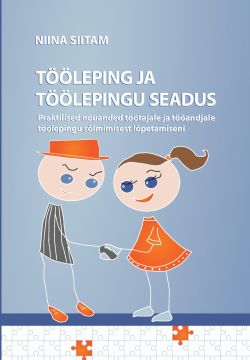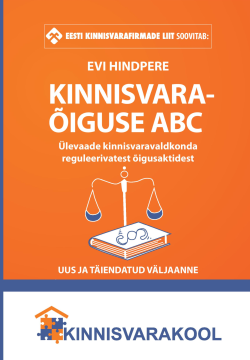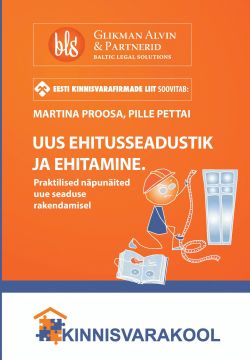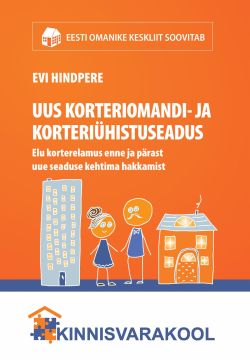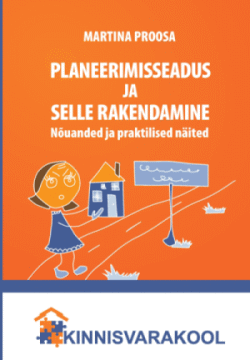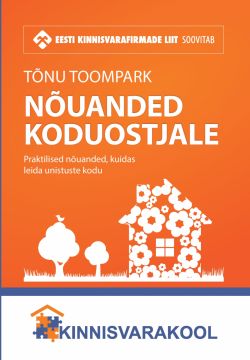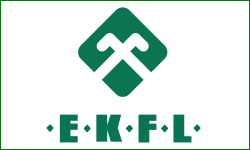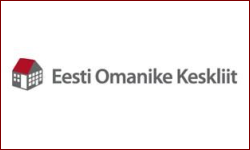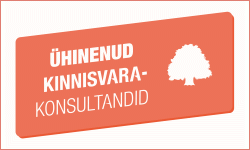 The Baltics get closer to the Western middle class income standard, but income inequality remains an issue
The Baltics get closer to the Western middle class income standard, but income inequality remains an issue
A strong and well-off middle class, a sign of lower income inequality, important for economic growth
Middle class incomes have grown substantially in all Baltic countries
- The median household income tripled in all Baltic countries from 2005 to 2017
- A broad range of middle class households has benefitted from income growth
Estonian and Latvian middle class have become relatively better-off
- Middle class income shares inched up in Estonia and Latvia while stagnating in Lithuania from 2005 to 2017
- Estonian and Latvian middle class have gained at the expense of the rich while in Lithuania the rich have enjoyed relatively larger income gains
Baltic household incomes have moved closer to the West
- Baltic household incomes doubled against the Western European countries from 2005 to 2016
- Less than half of Estonian households and around a third of Latvian and Lithuanian households meet the Western European income standard
Despite positive developments, income inequality remains a pressing issue
- Income inequality in the Baltics was higher than in the Western European countries in 2016
- Estonia has the most equal income distribution among the Baltic countrie
Addressing income inequality is far from simple and requires a complex approach
Swedbank Macro Research in cooperation with Swedbank Institute of Finances presented a survey and analysis of the middle class in each of the Baltic countries (in local languages):
- Estonia
- Latvia
- Lithuania





